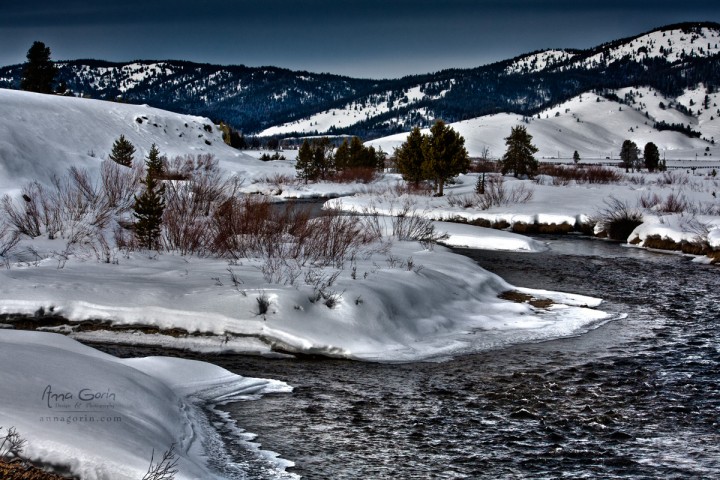The World in HDR
Have you ever been disappointed with your photographs of tricky areas such as canyons and cloudy vistas because only a few sections of the images were properly exposed? The sky looks fine but the ground is completely in shadow; the ground looks fine but the sky is a blown-out swatch of white. There’s a way around that, and that way is called HDR, or high dynamic range images.
The idea is that if you take several different shots of the same landscape (preferably with your camera on a tripod for consistent images) at several different exposures and merge them all, proper software will pick the best exposure for each area of the photos, creating a stunning, perfectly-balanced image: no details lacking. Of course, not everyone wants to take several different exposures of everything they photograph, and there’s a way around that: if the lighting wasn’t too tricky to begin with, Photoshop has tools to “tone” single images HDR-style, producing comparable stunning results.
But why the long explanation? Well, I was itching for a new photo collection series, and when I fine-tuned my HDR-processing settings to a point where I knew I could make a bunch of older images really pop, I had my new series ready to go. And since these images have a fairly different look than the usual photos, I thought I’d explain why. Enjoy, be sure to click on the images to view larger versions, and (all together now) keep an eye out for future installments, because we’re nowhere close to done!





